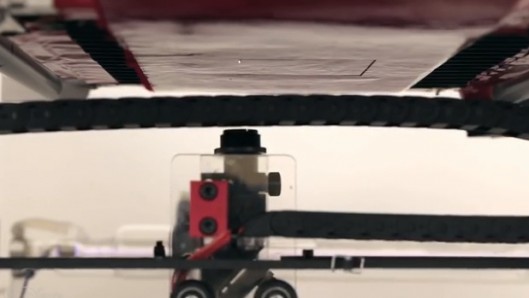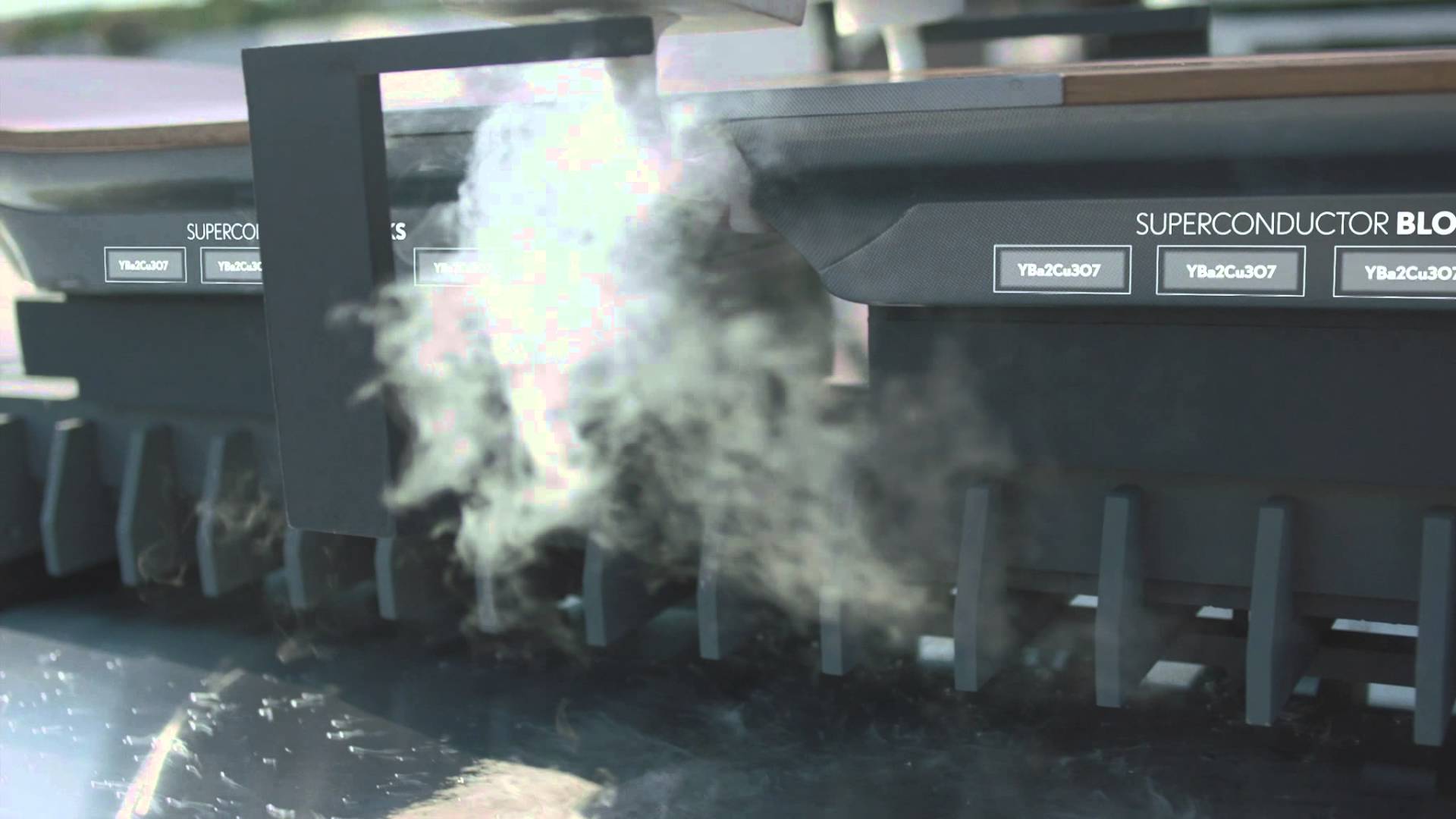
We’re used to 3D-printed objects being hard and unyielding, or perhaps a little rubbery. Thanks to work being done by scientists at Disney Research and Carnegie Mellon University, however, we may soon be seeing things like soft and squishy 3D-printed teddy bears, made from layered pieces of fabric. What’s more, those items could be electrically conductive.
The prototype fabric printer contains rolls of cloth, which are coated with a heat-activated adhesive on one side. Here’s how the printing process works …
A vacuum holds a length of the material in place up above a laser, which first burns a rectangle out of the cloth. Then, within that rectangle, it cuts a shape representing one 2D cross-sectional slice of the desired object. That shape isn’t completely cut away from the rest of the rectangle, as the surrounding cloth is used for structural support.
Next, the vacuum is turned off, releasing the rectangle. It is then placed on top of a stack of previously-cut rectangles, and is bonded to the one on top through the application of heat. The roll of cloth advances so that a new rectangle can be made, the vacuum goes back on, and the process continues until all of the sequential slices of the object have been cut and bonded together within a cube of fabric.
The user then pulls the supporting material away by hand, revealing the finished product underneath.
If the slices are alternately cut from two rolls of fabric, one normal and one containing conductive fibers, then the item itself will be electrically-conductive. Examples that the researchers have created include a starfish that works as a touch sensor, and a smartphone case that illuminates an LED by harvesting energy from the phone.
Additionally, by selectively adding small cuts within each slice of material, it’s possible to tune the object’s flexibility – this could allow it to bend easily in one direction, while remaining relatively stiff in another.
A paper on the research is being presented at the Association for Computing Machinery’s annual Conference on Human Factors in Computing Systems, which is currently underway in Seoul, South Korea.
The printing process is illustrated in the following video. Disney and Carnegie Mellon have previously developed another type of “soft” 3D printer, incidentally, that creates objects by building up successive layers of felted yarn.
Via GizMag







